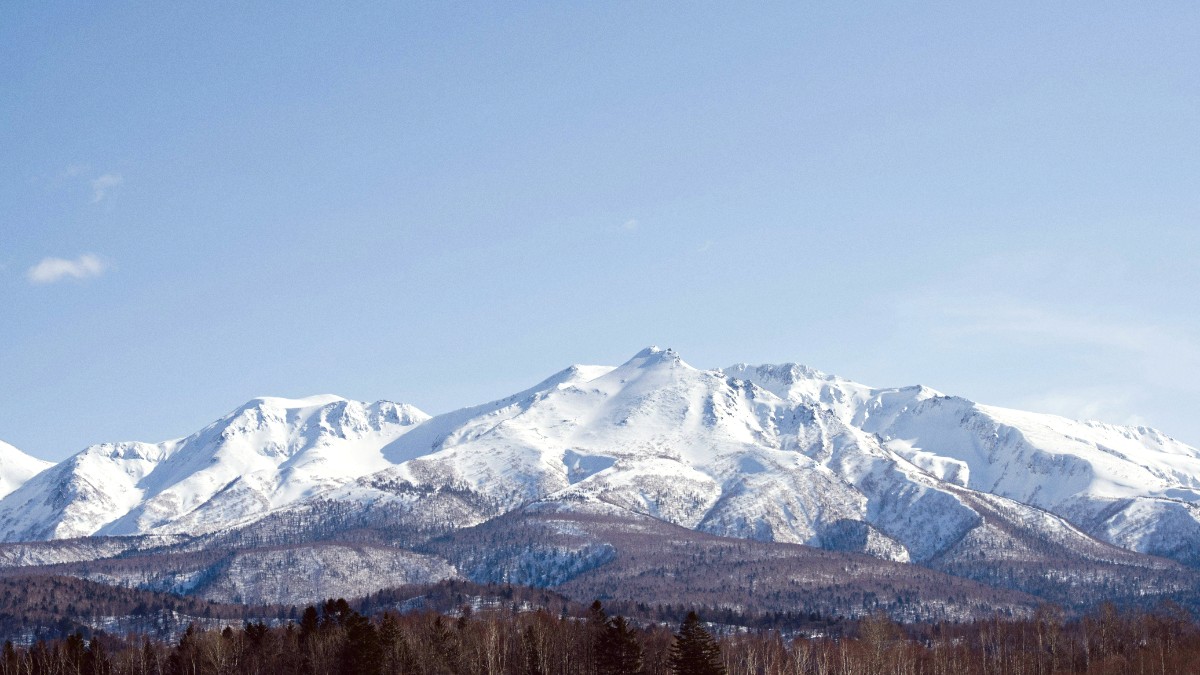
Hokkaido, Japan
New Chitose Airport (CTS) serves as the main international and domestic gateway for Sapporo and all of Hokkaido. It is approximately 45 kilometers southeast of Sapporo city center. CTS is a large, modern airport with extensive facilities. Various international carriers operate direct flights to CTS from major Asian hubs. Domestic airlines like JAL, ANA, and low-cost carriers offer frequent flights connecting Sapporo to major Japanese cities like Tokyo, Osaka, and Nagoya.
New Chitose Airport itself is a destination, offering extensive facilities. Expect a wide selection of shops and restaurants, including a popular 'ramen dojo' and Hokkaido sweets shops (great for souvenirs). A unique feature is the New Chitose Airport Onsen, a hot spring bath facility within the airport complex. Entertainment includes a movie theater, the Doraemon Wakuwaku Sky Park, and Hello Kitty Happy Flight. Practical services include currency exchange, ATMs, tourist information, car rental desks, and Wi-Fi access. Skyscanner is a great resource for flights, while Dollar Flight Club finds deals.
Sapporo is Hokkaido's main rail hub. The Hokkaido Shinkansen currently reaches Shin-Hakodate-Hokuto; a direct high-speed connection to Sapporo is expected by 2030. From Shin-Hakodate-Hokuto, transfer to a Limited Express train (Hokuto) for approximately 3.5 hours to Sapporo. JR Hokkaido operates frequent Limited Express trains connecting Sapporo to Otaru, Asahikawa, Furano, Hakodate, Kushiro, and Obihiro.
Highway buses offer an economical alternative to trains for travel between Sapporo and other Hokkaido cities. Companies like Chuo Bus and JR Hokkaido Bus operate comprehensive networks connecting Sapporo to Otaru, Asahikawa, and Hakodate. These buses are comfortable and reliable. Night buses exist for very long distances, including some routes that connect to Honshu via ferry, offering budget-friendly overnight travel options.
Renting a car in Sapporo Offers flexibility for exploring Hokkaido's scenic landscapes. An International Driving Permit (IDP) issued under the 1949 Geneva Convention is mandatory, carried alongside your home country's driver's license and passport. Obtain your IDP before arrival. Japan's roads are well-maintained. Winter driving in Hokkaido calls for experience with snow and ice; rental vehicles are equipped with studless tires. 4WD vehicles are recommended for rural or mountainous areas in winter.
About 40 minutes by train or car from Sapporo. Shin Nihonkai Ferry operates routes to Maizuru (Kyoto Prefecture) and Niigata (Niigata Prefecture) on Honshu. Otaru Port is a common stop for cruise ships.
Closer to New Chitose Airport and accessible from Sapporo. This port has more frequent and varied ferry services. Taiheiyo Ferry connects Tomakomai to Sendai and Nagoya, while Shin Nihonkai Ferry also operates routes from Tomakomai.
River transportation is not a significant public transport option within Sapporo itself. The Toyohira River is not navigable for passenger services in the city center. Boat tours are available on nearby lakes like Lake Shikotsu or Lake Toya.
A departure tax (International Tourist Tax) of JPY 1,000 per person is included in the price of your international airfare or sea fare when departing from Japan. You do not pay this separately at the airport or port; it is part of your ticket cost.
New Chitose Airport (CTS) offers extensive shopping and dining options, allowing departing travelers to make last-minute souvenir purchases or enjoy a final Hokkaido meal even after clearing security. Many amenities are available both before and after security.
Thorough review of transportation options and booking early, especially during peak seasons, ensures a smoother journey to and from Sapporo.